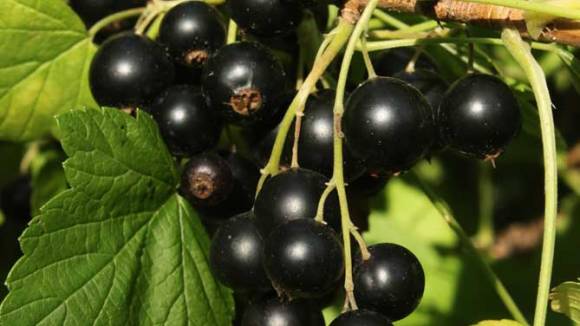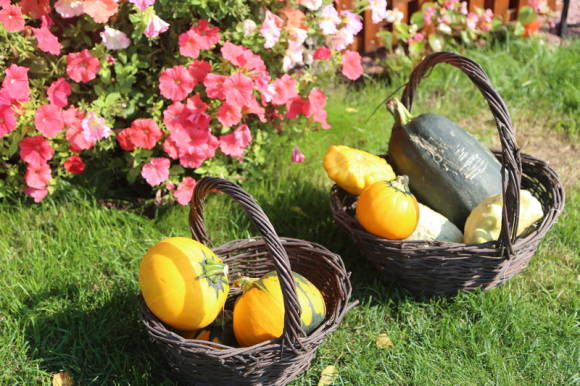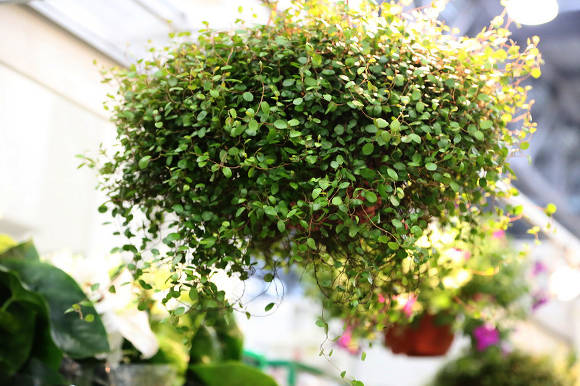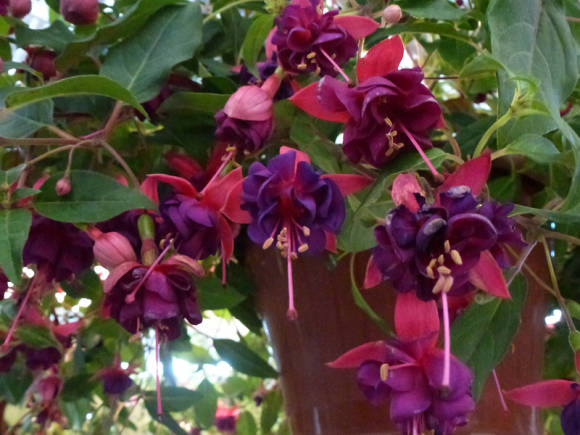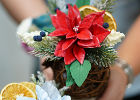Herpes is an extremely unpleasant disease. Having settled in the body, the virus, at the slightest weakening of immunity, makes itself felt with an unaesthetic and rather painful plaque on the lip. And a rather cute plant can help with this disease - the Alpine penny from the legume family. The herb of this plant, mainly in the leaves, contains a wonderful substance - mangiferin. The plant gets its name from the tropical mango trees that produce delicious fruits. From mango trees, this substance is isolated for the manufacture of anti-herpes drugs. In addition to mangiferin, flavonoids (hyperezid, hedisaride and others), 220-1375 mg% of ascorbic acid were found in the herb of Alpine penny. Rhizomes and roots contain polysaccharides - derivatives of galactose, xylose, galacturonic acid and rhamnose.

On the territory of Russia, this species is found from the south of the Kola Peninsula to the Urals and Siberia. Grows in the forest and forest-steppe zone along river and stream valleys. It is abundantly found in shrub-forb meadows located in well-drained, elevated areas of the central part of the floodplain.
Alpine penny (Hedysarum alpinum) - a perennial herb, reaching a height of 50-100 cm. The rhizome is thick, long, branched. Stems glabrous, erect. Leaves are pinnate, 5-9 pairs. Inflorescences are long, dense racemes with 20-30 flowers. Flowers up to 15 mm long, moth type on short pedicels with linear bracts. Corolla lilac or purple, rarely white. The length of the boat is almost equal to or even longer than the flag. Fruits are beans, 8-10 mm long, tied into 2-5 rounded-elliptical coin-shaped segments that break off easily. For this plant, and received its "monetary" name. Each segment contains one seed enclosed in a hard shell. Blossoms in June-July; fruits ripen in August-early September.
Cultivation and reproduction

This plant is easy to grow in your area, but you need to take into account some of its "whims". He does not tolerate waterlogging and shading. Prefers well-drained, slightly acidic or neutral soils. Adult plants are not very fond of transplanting, since this damages their taproot, which goes deep into the soil. But from my own experience, I can say that if there is further care and watering, the early spring or autumn division of the bushes into a small number of parts ends well in 80% of cases.
Seeds are characterized by seed hardness, scarification is desirable to increase germination. There are, of course, recommendations to immerse the seeds in concentrated acid, but this maneuver is quite risky, without some experience, you can overexpose the seeds in acid and burn them. Therefore, given that the majority sows by no means hectares, you can simply rub the seeds with sandpaper. Seed germination lasts 10 or more years, and interestingly, when stored, they even grow. Seeds are sown in early spring to a depth of about 2 cm.
In the first year after sowing, the plant develops very slowly, forming one fragile shoot, so during this period it is almost unable to compete with weeds. Like many legumes, the kopeck piece "cohabit" with nitrogen-fixing bacteria. And the slow growth in the first year is due in part to the lack of them. Therefore, when sowing seeds in a new place, sprinkle them with soil taken from under the penny plants. In the first year of plant life, you will need care and maintenance, and in case of drought, watering. But in subsequent years, you can no longer be afraid of either drought or weeds, if possible, feed the plant at the beginning of the growing season with mineral fertilizers or mullein infusion, and the penny will be extremely grateful to you.Plants are quite durable and can grow in one place for 10 years or more. For their more comfortable existence in the fall, you can add a 3-5-centimeter layer of nutritious soil, compost or peat to them. Plants are also not afraid of frost.
Penny cakes look good in a mixborder, against the background of stones and in a separate group.
Medicinal properties

The medicinal raw material is threshed kopeck herb (leaves, leaves, inflorescences and thin upper parts of leafy shoots). The grass is cut in the budding and flowering phase, when the maximum content of the active substance, mangiferin, is noted. You can dry the grass in the sun. With periodic tedding, it dries up in 2-3 days. The output of dry threshed raw material of a penny is 15-20% of the freshly cut grass. The shelf life of raw materials is 2 years. From my observations, I can advise not to cut off the whole bush, but to cut out partially the tops of the shoots. This allows you to maintain a decorative appearance and does not weaken the bush. In addition, he will have time to grow for another "haircut" of raw materials.
As already mentioned, the main active ingredient is mangiferin, which has antiviral activity against herpes simplex viruses, chickenpox, cytomegalovirus and even the immunodeficiency virus, although it is certainly not worth considering it as a remedy for AIDS. It exhibits an inhibitory effect in the early stages of disease development. In addition, it has immunostimulating properties in relation to cellular and humoral immunity, induces the production of interferon gamma in blood cells.
As shown by long-term pharmacological studies, mangiferin can be used for adults and children as an antiviral agent for acute and recurrent forms of herpes simplex of genital and extragenital localization, Kaposi's eczema, for viral diseases of the mucous membrane and oral cavity, shingles, chickenpox. Usually it is used in the form of a pharmacy drug "Alpizarin" in the form of an ointment or tablets.
And when used at home, the herb can be used to prepare infusion... It is used for herpes simplex. To do this, 1 tablespoon (without a slide) of dry raw materials is poured with a glass of boiling water and insisted for 30 minutes. After that, filter and take 1/3 cup 3 times a day. The course of treatment is from 10 to 30 days. If necessary, after 20-30 days, the course can be repeated. It is better to time the treatment to the periods of activation of the virus, which begins to rage in the fall and late winter-spring.
A contraindication for the use of a penny is pregnancy.
